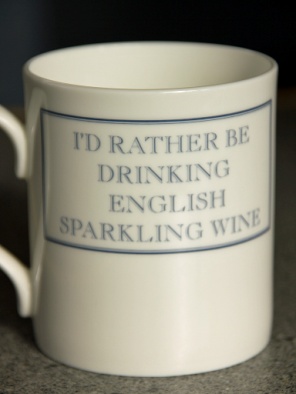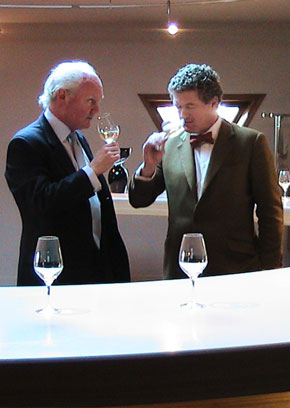[fbshare type=”button” width=”100″] [twitter style=”horizontal” float=”left”]
Celebrating English Wine Week, 23 – 31 May. Time to re-evaluate English wine – and especially English Sparkling Wine
“In the last 16 years English sparkling wines have won 8 Trophies for Best International Sparkling Wine and 16 Trophies for Best Sparkling Rosé in global competitions – no other country has achieved this” English Wine Producers 2015
With English Wine Week starting from the 23rd of May it seems only appropriate to focus on the wine region and style which is arguably causing more of a stir in the wine world than any other right now – English Sparkling Wine!
And this is not driven by some bovine patriotism but because top examples of these wines are now not only the best they have ever been – but are also, simply, world class.
Vineyards in England, not unsurprisingly, go back to Roman times – when they first brought over vine cuttings. It is doubtful whether the Romans migrated to the then Britain simply for the weather, and although we remain “marginal” in climatic terms to grow vines and grapes, we have paradoxically near perfect conditions for the production of high quality sparkling wine. Before we look at that aspect, let’s start with where the industry is today.
Vines are grown all over Southern and Central England and as far north as Yorkshire. There are also a dozen vineyards in Wales, who are challenging the best of England on the wine stage. In total there are now over 100 wineries which are open to the public to visit, including:
www.winetrailwales.co.uk
www.englishwineproducers.co.uk
Plantings have increased by 140% in the last 10 years and today sparkling wine accounts for nearly 70% of total production. The most popular varieties, by far, are Chardonnay, Pinot Noir and to a lesser degree Pinot Meunier – accounting for over 50% of all plantings. But why? Well these happen to be the three noble grape varieties which are used in the majority of wines made in the revered region of Champagne. And quite simply this is the target and aspiration for nearly all of the quality English (and Welsh) sparkling wine producers! And luckily they have geography and climate on their side – most notably on the chalky soils of the South Downs in England.
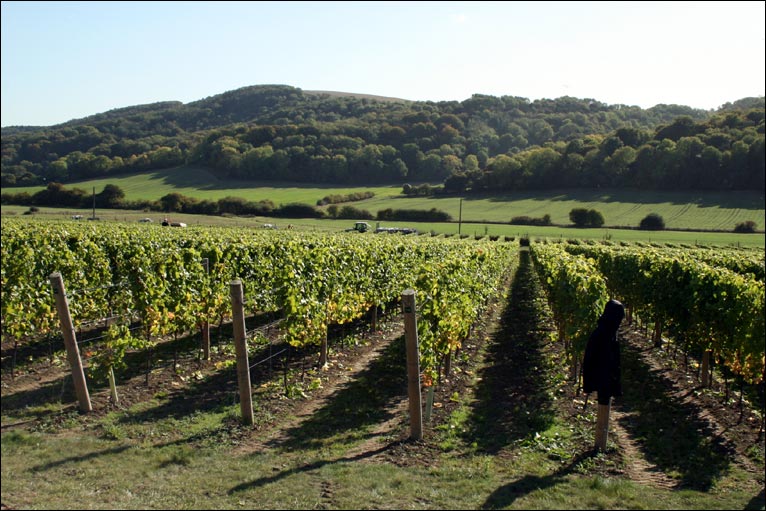
Pinot Noir vines on the Nyetimber Estate, South Downs
Much attention is being focused on the importance of the chalky soils and micro climate of this area, which is a close as it gets in the world to the district of Champagne. The sweep of Downs across Sussex and Hampshire in particular are the sunniest and warmest spots, on average, in England (it is worth noting that in Champagne the average mean temperature in July is only 18⁰C). They also receive lower than average rainfall. The very soil itself is similar to that in Champagne – with a high level of chalk. This not only allows for good drainage (essential in more marginal areas) but helps to reflect light and heat back up to the vines and grapes throughout the growing period – promoting ripeness. And the essential – maybe paradoxical – aspect here is that in the production of quality sparkling wine you need grapes which are ripe, but not too ripe – with high levels of acidity and restrained, not dominating, fruit flavours. And that just what grapes from the South Downs deliver.
So bring the combination of soil, micro climate, Champagne grape varieties and you have all the makings of something serious, but you also need one final ingredient – investment and high quality (human) winemaking skills. And this is where English sparkling wine has really advanced in the last 10 or 15 years. To take just three examples (and there are many more):
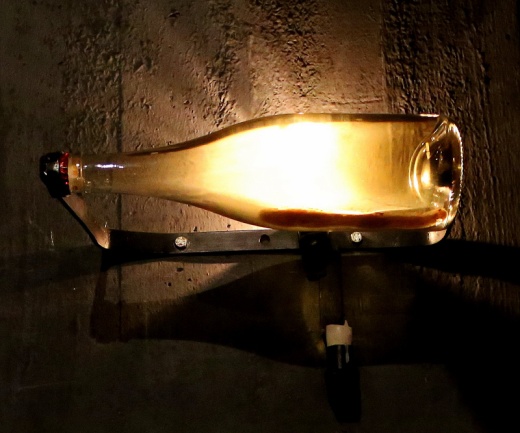
English sparkling wine aging on its lees in the cellar
Nicholas Coates & Christian Seely (with his patented bow tie!) blending the base wine
- Coates & Seely (Hampshire) – friends and business partners Nicholas Coates and Christian Seely (who also runs Château Pichon Longueville in Pauillac in Bordeaux) have revitalised and rejuvenated old vineyards in Hampshire and brought in a European team of vine growing and wine making experts – now making excellent sparkling white and rosé
Coates & Seeley
Quintessentially English – Henner’s “near the sea”
- Henner’s (Sussex) – owner Lawrence Warr has brought his success from the world of Formula 1 and made large scale investments in developing a virgin, prime vineyard site, (along with star winemaker Ben Murray) into another industry standard bearer – in particular with their vintage reserve
- Nyetimber (Sussex & Hampshire) – owner Eric Heerema and talented Canadian winemaker Cherie Spriggs have completely revitalised and elevated Nyetimber to the very top tier in the last seven years or so. Industry benchmark (many would say “leading”) white and rosé
Nyetimber Rosé
Nyetimber Classic Cuvée
However, no one is pretending that these fine English sparkling wines will rule the world, or that they are cheap (or ever likely to be cheap – the UK Government could help much more in this regard with tax changes). Nor that it is all plain sailing – the dreadful 2012 vintage brought everyone down with a bump – and a number did not make any wine at all in that year.
And at this stage the greatest Champagne houses and their top Prestige Cuvées are some way off from being superseded. However, what these top English sparkling wines have achieved is to challenge mainstream Champagne head on in terms of style and quality. I wager that it won’t be long before you see a major Champagne house investing directly into the English sparkling wine industry.
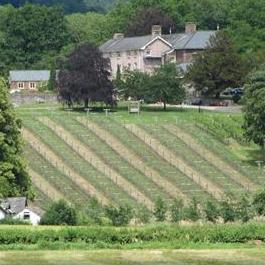
Ancre Hill Vineyard near Monmouth – award winning Welsh sparkling wine
So maybe there has never been a more appropriate moment to indulge than now – celebrate English Wine Week, British enterprise, and the prospect of a fine summer with a glass of English sparkling wine!
Nick Adams MW – May 2015
[fbshare type=”button” width=”100″] [twitter style=”horizontal” float=”left”]

